OGRA greenlights hike in gas price
The regulator urged federal review of supply management amid declining power sector offtake
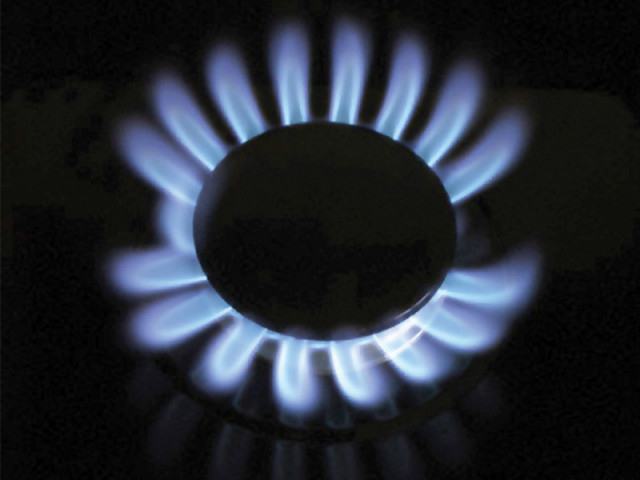
The Oil and Gas Regulatory Authority (OGRA) has approved an increase in gas prices for consumers of Sui Northern Gas Pipeline Limited (SNGPL) and Sui Southern Gas Company Limited (SSGCL) for the fiscal year 202526.
The regulator has forwarded its decision to the federal government for formal notification of category-wise consumer gas prices. Under the law, the federal government is bound to issue the notification within 40 days of OGRA's decision.
In a statement, OGRA said that under Section 8(1) of the OGRA Ordinance, 2002, it had determined the estimated revenue requirements (ERR) of both SSGCL and SNGPL through its decisions dated May 20, 2025.
The determinations have been submitted to the federal government for category-wise natural gas sale price advice, as required under Section 8(3) of the same ordinance.
SSGCL had sought an increase in the average prescribed gas price to Rs 2,398.90 per MMBTU, but OGRA approved a raise of Rs 103.95 per MMBTU. Currently, SSGCL's average prescribed price stands at Rs 1,762.51 per MMBTU.
Similarly, SNGPL requested an increase of Rs 707.37 per MMBTU; however, the regulator allowed only Rs116.90 per MMBTU. The rise in SNGPL's prescribed price primarily stems from the impact of the re-gasified liquefied natural gas (RLNG) diversion in line with the federal cabinet's decision dated October 30, 2023.
Noting the consistently rising RLNG diversion and its influence on pricing, OGRA directed SNGPL to immediately engage with the federal government to review gas supply management.
The authority advised the review to consider sectoral energy demand, international contractual obligations and macroeconomic factors.
OGRA reiterated that until revised sale prices are advised by the federal government and formally notified, the existing category-wise gas prices will remain in effect.
SNGPL has informed OGRA that declining domestic and commercial gas consumption is largely due to price increases that have altered usage patterns.
High RLNG tariffs, increased system gas prices, and a levy on captive power plant (CPP) users have driven industrial consumers towards the national grid or alternative fuels.
Moreover, gas offtake by the power sector has decreased significantly, from 66% to 33%, over the past few years, leading to a reduction of 150 MMCFD in consumption. The drop is attributed to greater reliance on solar energy and other alternative fuels, which are reducing dependency on expensive RLNG.
SNGPL also explained that curtailment of indigenous gas supplies is due to 1,000 MMCFD of RLNG being locked under firm government-to-government agreements.
Failure to lift the committed volume could result in heavy take-or-pay (TOP) penalties and potential sovereign default.
Meanwhile, demand for RLNG has dropped owing to reduced consumption by CPP users and the power sector. Curtailment of indigenous gas has also been undertaken to maintain system integrity.

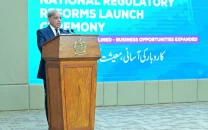

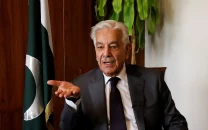
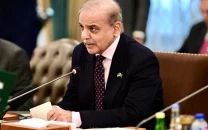
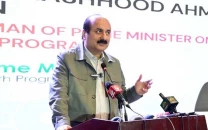

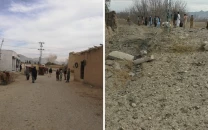

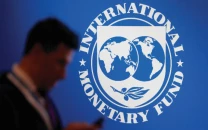

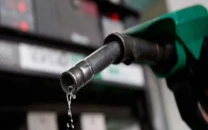







COMMENTS
Comments are moderated and generally will be posted if they are on-topic and not abusive.
For more information, please see our Comments FAQ